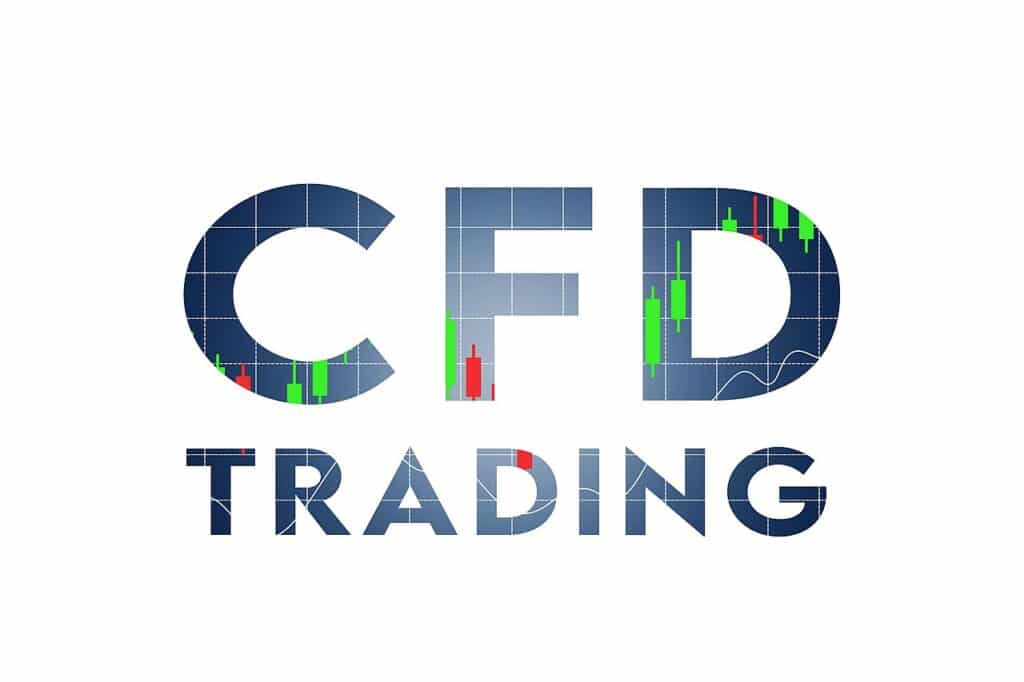It’s been about a year since we were told that the US stock market really only rises at night. This is one of those things that shouldn’t really happen but then folk can be weird at times and it seems to be that this is in fact true. During normal trading hours the main US market (measured by the S&P 500 index (INDEXSP: .INX)) goes sideways at best. All the gains come in the after-hours trading session. As said, this shouldn’t be true but apparently is. Varied explanations are touted. For example, results announcements are often at the close, results are market moving so that’s why. Another possible explanation is that the after-hours market is pretty much limited to sophisticated investors, the uninformed and general investor tends not to play there.

However, while the observation is indeed true – most of the upward movement in the S&P 500 seems to come after hours, not during the main trading day and here’s part of the Federal Reserve saying that – that’s not actually enough. The effect has to be large enough that it overcomes trading costs. And that, well that doesn’t quite seem to be true. There was an ETF (Nightshares500 (NYSEARCA: NSPY)) set up to try and trade this anomaly and it doesn’t work. It lost 6% over the past year when the stock market as a whole rose 18%. As with so many seeming trading patterns it is there but it’s not exploitable.
The S&P 500 trade and theory
This is also where theory tells us we should be. Arbitrage opportunities always will exist, but we expect them to get traded down to where the profit made is equal to the costs of doing the trade. That is, over time, arbitrage should cost as much as can be made from doing it, simply because people will trade across the price gap until that is true. At which point, well, back to the drawing board then.
Except we’ve now got another analysis of this point. Which says that if we use those overnight S&P 500 moves as a guide to a momentum trade then a profit is still there. The trick here is that the effect of that overnight rise – the one the night before – persists into the next trading day. OK, that’s useful enough. But also, that it reverses after that. And it’s that, the addition of the reverse, that makes the strategy profitable enough to overcome the costs of following it.
The S&P 500 trade and momentum
From JPMorgan on the S&P 500 trade: “Returns that are realized in the overnight period can be used to predict both the subsequent intraday and overnight returns. Specifically, high (low) overnight returns are followed by strong (weak) returns in next day’s trading session which are then followed by a reversal in the next overnight session. Crucially, this overnight signal is sufficiently strong to overcome the high turnover and the associated transaction costs and is robust with respect to the actual implementation lag we need to consider between determining the signal and the actual implementation.”

That is, instead of it being purely an overnight trade – as the Nighshares500 ETF tries – it is to use the after-hours performance as a guide to the momentum trade of the next 48 hours. This is, of course, less exciting as it doesn’t give the immediacy of the trade. However, according to JP Morgan at least, this strategy would have returned 175% over the years since 2008. That looks like a lovely number but do note that it’s over those 15 years, cumulative. Not exactly the thing to get a competitive trader’s juices working. On the other hand, it is a strategy that does, in fact, work. It’s also possible that using contracts for difference will reduce trading costs, even that using CfDs along with leverage will produce much better returns. That’s something that would need to be calculated.

The S&P 500 trade and informed traders
As to why this works JPM come back to the idea presented up at the top there. That “after hours market is pretty much limited to sophisticated investors” idea, or as JPM put it “traders that are active during the time when the cash equity market is closed can be viewed as trend setters and demonstrate better skill.” That doesn’t even have to be true by the way, that they’re better, it works just as well if we all trade as if they are better. If they’re trendsetters that is.
What’s really been found here is a proof that there’s a momentum trade possibility in the S&P 500 index. If we’re looking for slow but steady returns, then this is indeed something to be exploited.
There’s one final benefit here. Those out of hours markets are thin – there’s not much trade or liquidity about. That then means that the big quant houses aren’t going to be able to deploy their fortunes to exploit it – it ends up being something that’s really only worth it to the small sized trader – us, in short.